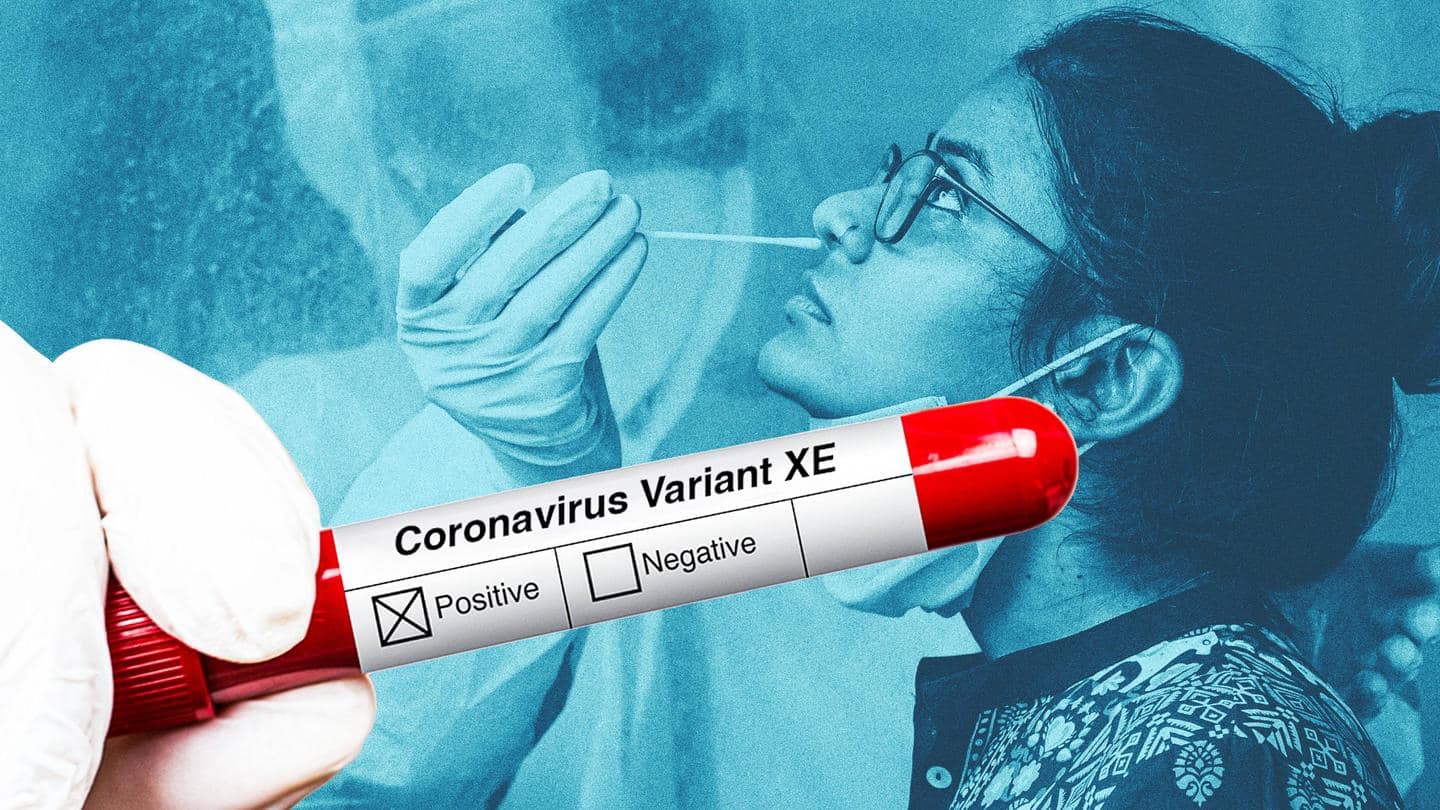
COVID-19 XE variant reported by Gujarat; detected in 67-year-old man
What's the story
Gujarat's health department authorities on Saturday confirmed that the XE variant of the novel coronavirus was detected in a patient who had tested positive about a month ago. Manoj Aggarwal—the department's Additional Chief Secretary—has reportedly stated the XE strain was found in a 67-year-old man who had traveled from Mumbai to Vadodara and tested positive while staying at a hotel back on March 12.
Context
Why does this story matter?
As the XE variant is considered to be the most infectious COVID-19 strain to date, the development can be worrying news for India. However, the XE strain accounts for a small number of cases across the globe at present. It may also be noted that India is witnessing a declining trend of COVID-19 cases, even as several countries are seeing a huge spike.
Confirmation
Kolkata lab confirms the presence of XE variant
The Gujarat Biotechnology Research Centre reportedly found the XE variant in the 67-year-old patient's sample 12 days ago. However, the sample was later sent to the DBT-National Institute of Biomedical Genomics, Kolkata for confirmation as per the INSACOG norms. "The confirmation report of the XE variant was received Friday night. We are getting more details and trying to trace his close contacts," Aggarwal said.
Details
Patient, wife were under home quarantine: Officials
Health department officials also said the patient was from Mumbai and had visited Vadodara with his wife, but didn't meet anybody in Vadodara. The couple checked into a hotel room after arriving in Vadodara and the man had soon developed symptoms like fever. So, they underwent a COVID-19 test and after testing positive, the couple returned to Mumbai and remained in strict home quarantine.
First case?
First case reportedly detected in Mumbai
Earlier this week, India reportedly detected its first case of the XE in coronavirus variant Mumbai. However, the Union Health Ministry had denied the same and said that the available evidence didn't suggest the presence of the new XE strain. Notably, the World Health Organization (WHO) had recently warned that the XE variant may be more contagious than any other strain of COVID-19.
Mutation
Origin and genetics of XE variant
The XE strain was detected in the UK at the start of this year. It is a "recombinant" strain and is a mutation of the BA.1 and BA.2 subvariants of the Omicron variant. Recombinant strains emerge when a patient is infected by multiple variants of COVID-19. The variants mix up their genetic material during replication and form a new mutation.
Other strains
Other recombinant strains discovered so far
According to a recent study by the UK Health Security Agency, three new recombinant strains—namely XD, XE, and XF—are currently spreading. Among these, XF is another Omicron hybrid between Delta and the BA.1 lineage and was discovered in the UK, but has not been detected since February 15. The XD and XF mutations are referred to as the much-talked-about "Deltacron" strains.